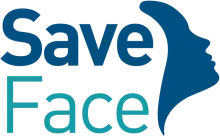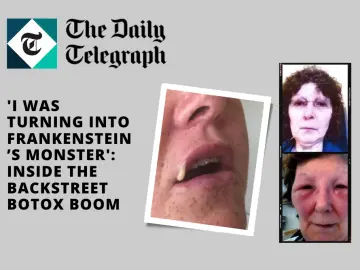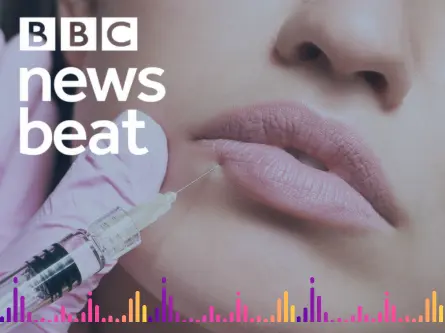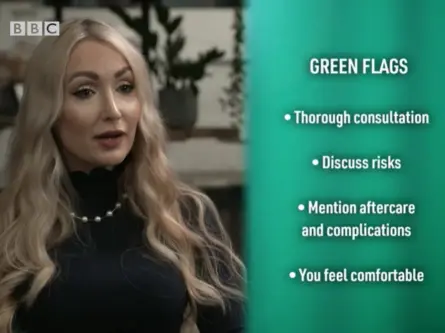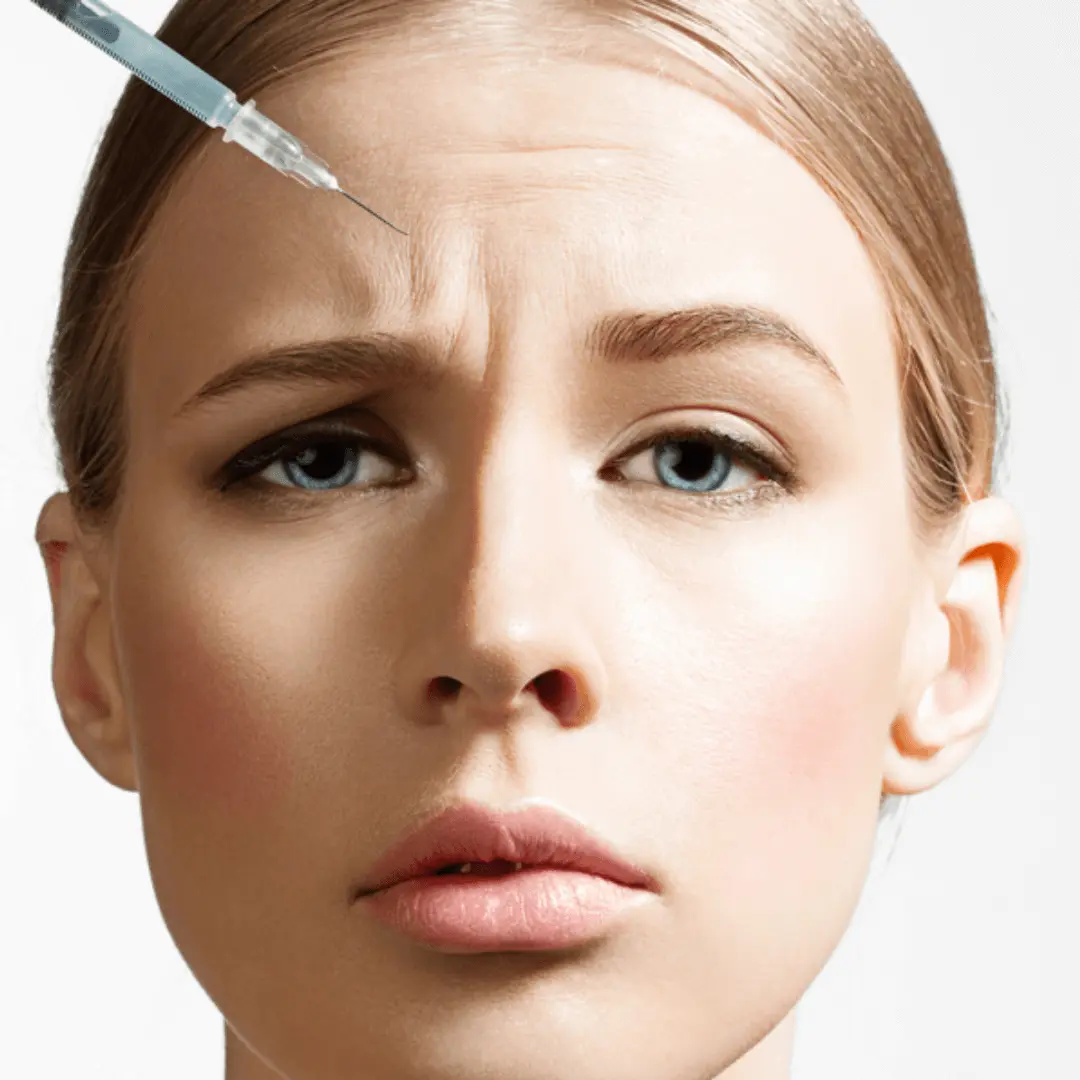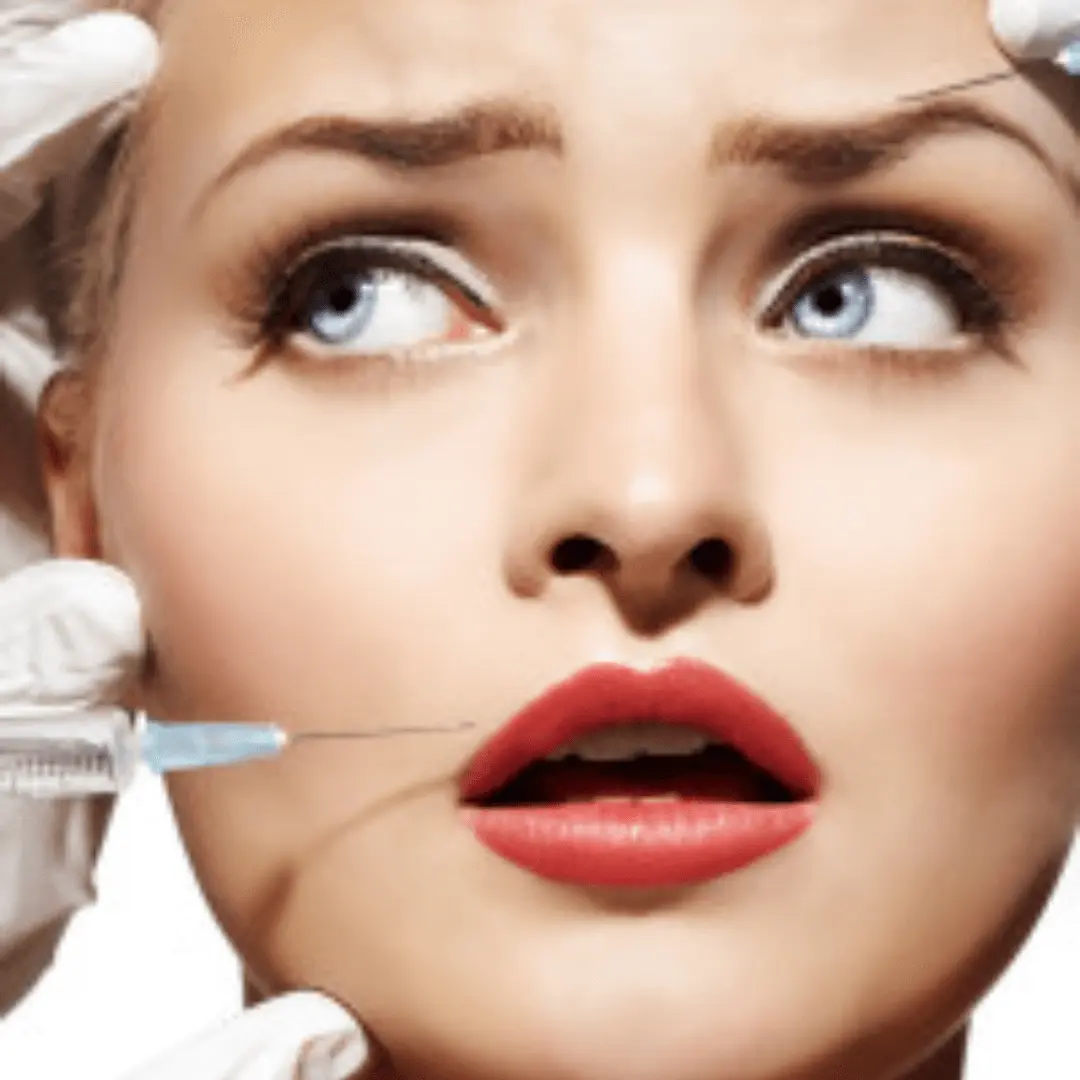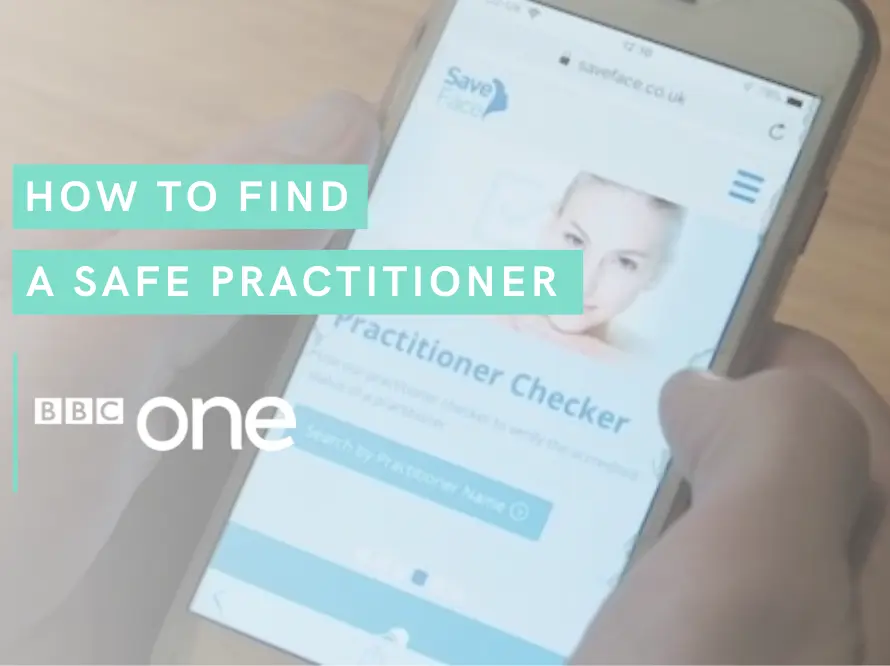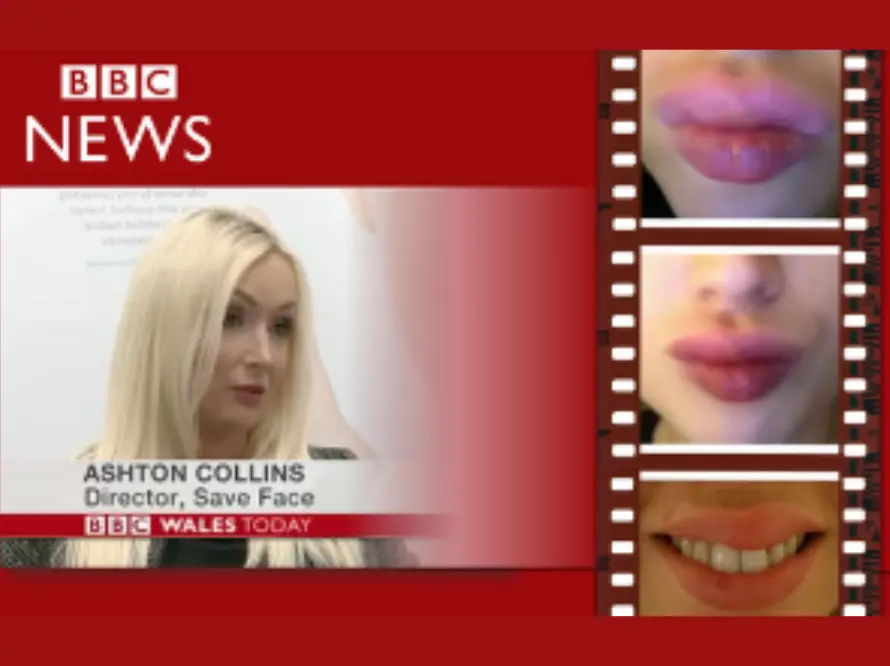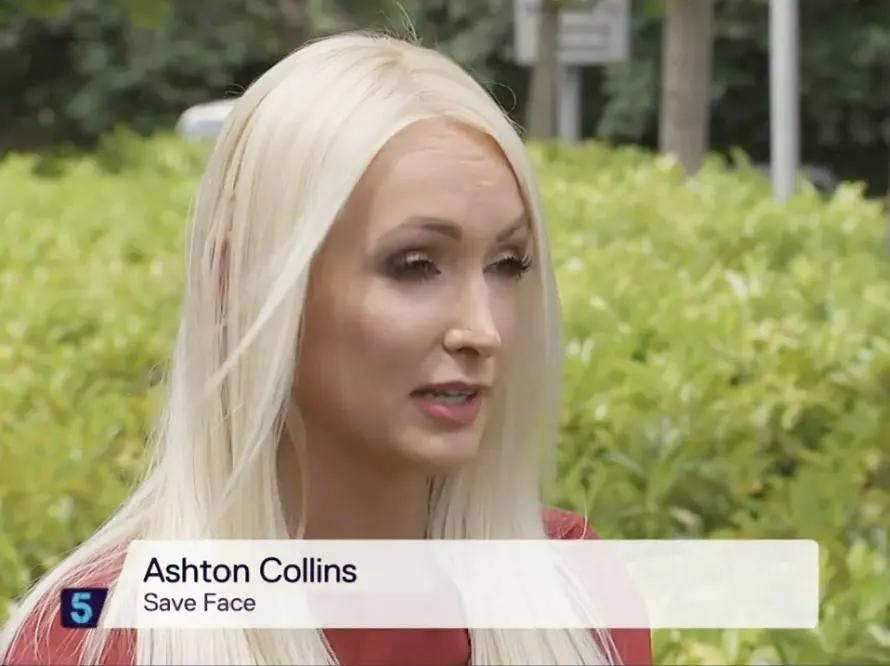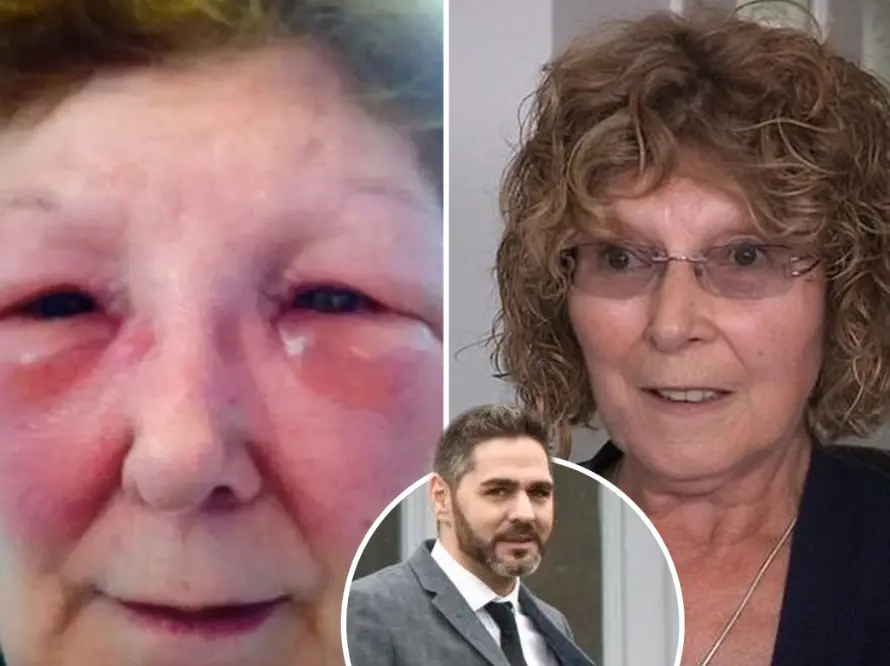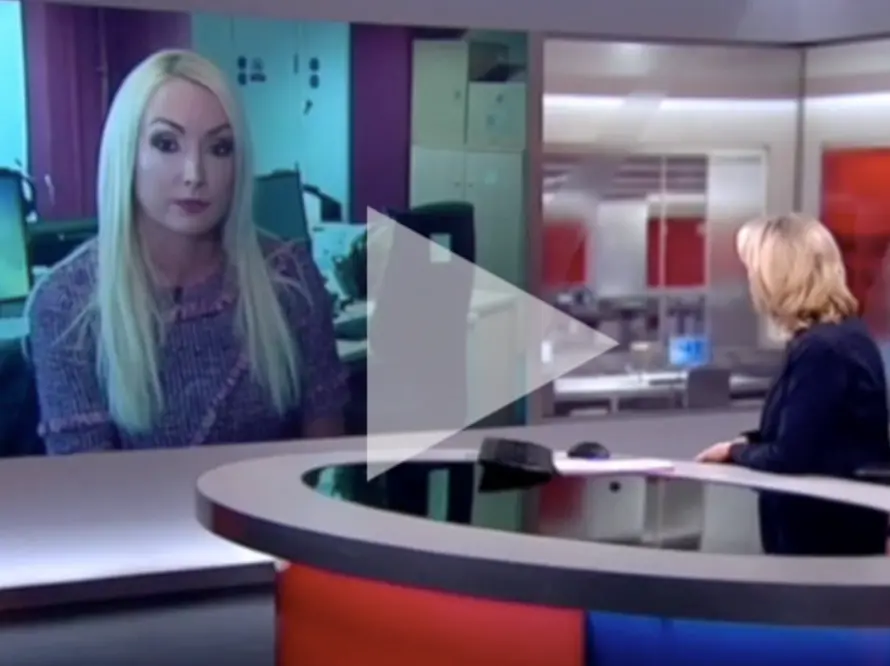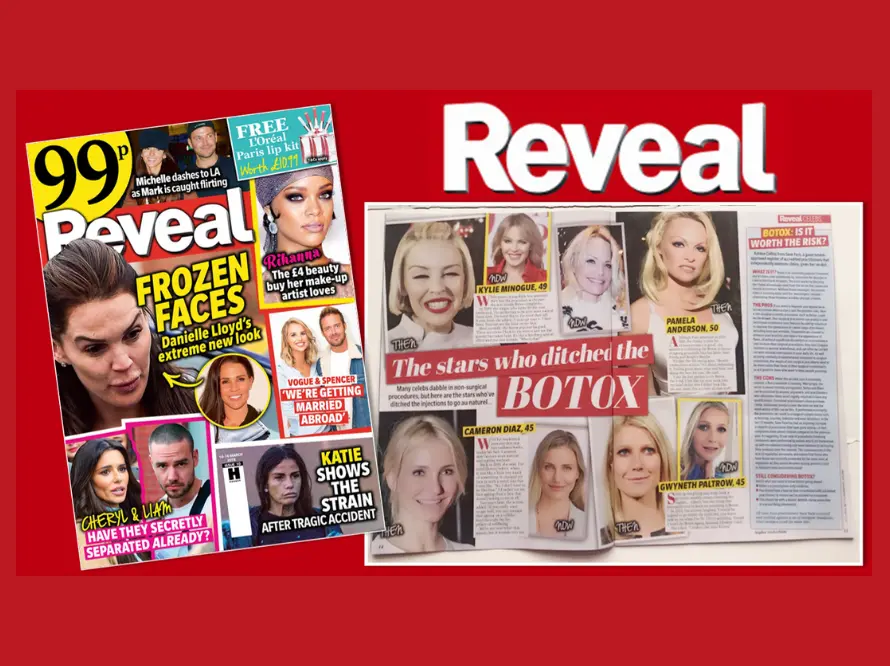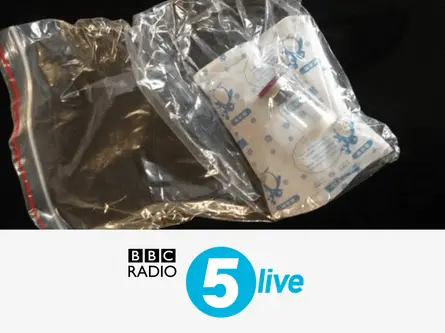Preoccupation with ‘Zoom face’ has led to a surge in requests for injectables. But experts are seeing huge increases in cases going wrong
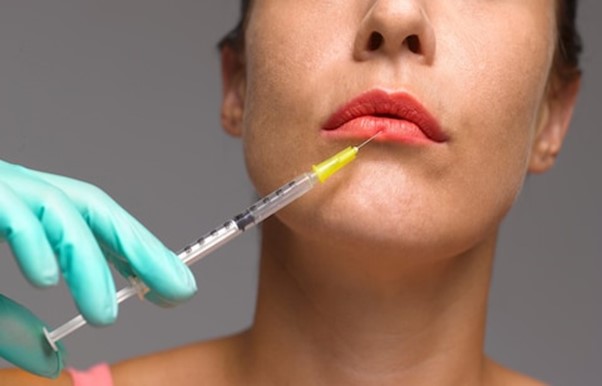
The ‘Zoom face’ has heralded a surge in surgery requests
Five minutes after having 18 shots of ‘Botox’ into her forehead, Marcelle King got into her car, and pulled down the rear-view mirror to have a look. ‘The procedure itself had felt like being burned with cigarette ends,’ she says. ‘But now in front of my eyes, I was turning into Frankenstein’s monster. My forehead was rapidly swelling up, down over my eyelids. Somehow I managed to drive home. But by the end of the day, the area around my eyes was so puffy, I was unable to see. I was starting to feel breathless, and was too scared to lie down to go to sleep.’
King, then 58, believed she’d had Botox. But she hadn’t. She had paid £400 to a ‘doctor’ with fake qualifications to inject her with ‘an unknown and dangerous substance’ (later found to be unpurified beef gelatine). King was suffering a serious allergic reaction, and was lucky to escape with her life.
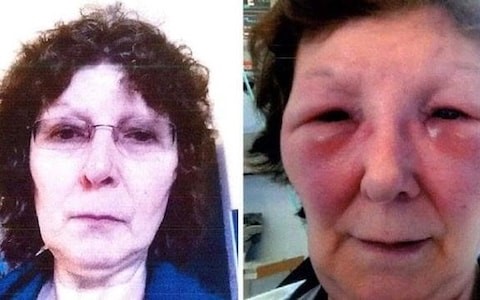
Marcelle King, before and after surgery
Zoom faces and our quest for youth
Non-surgical aesthetic ‘tweakments’ – injectables such as Botox and dermal fillers – are now a growing part of our beauty routines.
The pandemic has only increased our appetites for a shot of youth. According to cosmetic treatments company Uvence, six million of us now believe we feel ‘at least five years older’ as a result of the lockdowns, and are thinking about non-surgical treatments for the first time.
Ashton Collins, the Director of the Qualifications Council for Cosmetic Procedures, (QCCP) confirms this. ‘Lockdown was an interesting time for aesthetic procedures. Isolating at home has led to a big shift,’ she says.
Suddenly, business women in their 40s and 50s – and a smaller number of men – were finding themselves on Zoom, watching their images frowning back at them. ‘People already feeling low were confronted with jowls, eye-bags, and the flabby underneaths of their chins,’ says Collins. ‘Adverts for injectables started popping up on Facebook feeds and cheap deals were being offered on Instagram, so demand went up.’ (Medical practitioners have in fact, been allowed to operate since the first lockdown, and officially, those operating from hairdressers and salons have not. But many offer ‘mobile’ services, and have been illegally visiting people in their homes.)
A rise in complaints
Now, with the easing of lockdown restrictions, demand seems only likely to increase, and with high street tweakments generally cheaper, it’s hairdressers and beauty salons which are preparing for a boom.
There is one problem, however. This area of aesthetic medicine has long been largely unregulated. ‘When these treatments first came to the UK, they were expensive and only administered by a small number of medical professionals. They were never categorised as medical treatments and, aside from Botox – which is a prescription-only medicine – no regulations were put in place to restrict who could and could not inject them,’ says Collins.
‘Fast forward 20 years, and these treatments are now being administered by unqualified lay people who want to cash in on the vast amount of money to be made by cutting corners and putting people at serious risk.’
A rise in demand for injectables inevitably could also lead to a rise in cases going wrong, and indeed there is evidence of that already happening between lockdowns. ‘We had 2,083 complaints in 2020, which was a 22 per cent increase on 2019,’ says Collins. ‘Eighty-six per cent of the procedures complained about were carried out by beauticians, hairdressers or laypeople. One person brought to our attention was an easyJet air steward who set up in a shed at the bottom of his garden.’
The concern is that many people are choosing not to make the extra effort to see a qualified practitioner. According to one survey, more than eight in ten people find their practitioner on social media and are attracted by cheap deals, time-limited offers, and dramatic ‘before and after’ images. And, because of the sheer number of unregistered practitioners who set themselves up and operate under the radar, it is impossible to quantify exactly how many treatments are carried out each year, or how many people suffer complications and adverse reactions.
A lack of regulation in the industry
Dr Samantha Gammell is a Royal Free Hospital-trained surgeon, medical aesthetics practitioner, and the former president of The British College of Aesthetic Medicine. ‘There is a distinction between “aesthetic medicine”, and “cosmetic treatments,”’ she says. “Aesthetic Medicine is carried out by Healthcare Practitioners who treat patients in a healthcare facility, whereas cosmetic treatments are carried out by “therapists” who treat “clients” in a salon,’ she says.
If you make the right choices (see box below), a well-trained cohort of medical professionals – doctors, nurses, dentists and pharmacists, are on call to deliver non-surgical treatments in sterile clinical settings. These trained practitioners understand facial anatomy and take proper medical histories before proceeding. But sadly, many people do not make the right choices, or indeed know what to look for, and have discovered this to their cost.
Save Face is an allied organisation to the QCCP. Also run by Ashton Collins, it offers a government-approved register of accredited practitioners, who have been trained, insured and undergone hygiene checks.
Save Face’s other task is to advise and represent thousands of women who have suffered injectable treatments that have gone wrong, and support them through legal redress. ‘Going wrong’ can range from a temporarily lumpy brow, to anaphylactic shock and even permanent blindness.
According to new statistics from Save Face, 83 per cent of complainants were not asked their medical history. Seven in ten didn’t know what product was being injected into their faces, and 84 per cent were blocked or ignored by their practitioner when they tried to seek help afterwards. Astonishingly, 93 per cent of those seeking redress were not aware that serious complications could occur, and thought these were low-risk beauty treatments.
‘Contrary to what people may think, dermal fillers are associated with far more potential risks than Botox,’ says Dr Gammell. ‘Risks with dermal fillers can range from lumps to permanent blindness, if a filler is injected into a blood vessel resulting in a vascular occlusion (blocked blood vessel).’
Botched jobs mean patients are going permanently blind
Ashton Collins has represented three women who’ve lost their sight since 2014. ‘The most recent – a woman in her late 40s – came to us about 18 months ago,’ she says. ‘She had dermal filler into her naso-labial folds (the lines that run from the bottom of the nose to the corner of the mouth). Someone came to her house, and injected her while she was lying on the sofa. A short while later, the lady had a visual disturbance in one eye, like an eclipse.’
‘Doctors came to the conclusion they were 99 per cent sure it was down to the filler,’ says Collins. ‘The practitioner was initially horrified and apologetic, but when the patient tried to get her insurance details, the beautician denied ever treating her. And, in fact, the beautician hadn’t broken any laws, because there aren’t any. So the patient – permanently blind in one eye – is now pursuing a negligence claim, while this dangerously inept ‘aesthetician’ continues to practise.
A terrifying tale, but sadly, far from the only one. Marcelle King, 65, is a dog behaviourist from Poole in Dorset. ‘I first became interested in Botox in 2013,’ she says. “Everyone has it done,” I told myself. “All the TV stars and celebrities. They say it can knock 10 years off you.”’ King wasn’t particularly looking for a tweakment at that time, an advert popped up on her Facebook feed, with a mobile number for a local beauty parlour. ‘I thought: why not?’ she says, and decided she wanted her jowls done. ‘I had no reason to smell a rat. It didn’t cross my mind that this wasn’t legit.’
A couple of weeks later, King arrived for her appointment at a salon which was, in fact, a filthy kitchen in a rented property. ‘A woman in ordinary clothing had answered the door. I expected her to take me through to a sterile treatment room,’ says King. Then, suddenly, the ‘doctor’, Ozan Melin, walked in. He started to take ‘enormous needles’ from a smart silver case with which he was going to administer Botox. ((King found out later that Botox is not for the lower facial area. The correct treatment is dermal fillers.) ‘Melin was charming, says King, ‘a good looking boy.’ But the process was very painful, and was over in less than a minute.
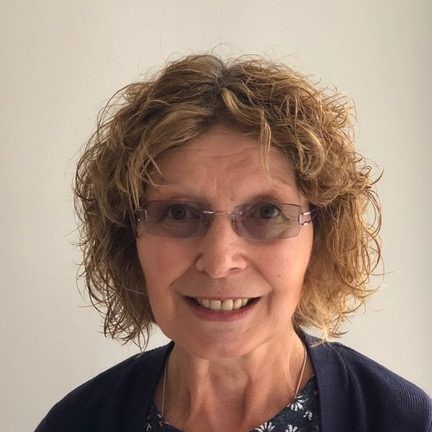
Marcelle King now: Marcelle was first enticed by an advert for Botox which popped up on her Facebook feed
Botox that wasn’t Botox but ‘unpurified beef gelatine’
She didn’t receive any aftercare advice except to put a wet flannel on the area if it was sore. The bruising lasted three to four days, but there were no serious after-effects. But there were no real ‘effects’ either, so King arranged to go back for another shot, then was offered a free top-up appointment. ‘This time Melin was really chatty. He told me that he was a cosmetic surgeon who had trained in America, and told me about his pit-bull, and his chihuahua,’ she says. ‘I then asked to have my forehead done for an extra £100. This time, the injections were agony. I put my hand up, and demanded he stop. My face was burning, and I started to feel ill.’
Somehow, King managed to drive home. After a painful and sleepless night she called Melin at 8am the next morning. ‘He said the reaction was normal, and to use a warm flannel (as opposed to a cold one, which is what he’d told me last time). He suggested I take some paracetamol’.
By now, King was wheezing, her heart was racing and her whole face was grotesquely red and swollen. She got an emergency appointment with a nurse practitioner at her local GP surgery. ‘The nurse took one look at me, told me I was having an anaphylactic reaction, and sent me to A & E,’ she says.
King spent six hours in Resuscitation, wired up to steroids and antihistamines. ‘I was numb with shock.’ The emergency room medic treating King told her her reaction could have been fatal. He had never seen an allergic reaction like this to Botox. ‘Are you sure the person injecting you was a doctor?’ he asked. King was instructed to get in touch with the British Medical Association.
The BMA had Ozan Melin down as a woman; the General Medical Council had no record of him at all. By the time King had gone through Trading Standards and the Medicines and Healthcare Products Regulation Agency (MHRA), and was now in touch with the police, her face had calmed down somewhat. ‘But I still had what looked like chemical burns under my eyes and was very swollen.’
A call to the police kicked off a five-year investigation. Ozin Melin was arrested for fraud and GBH. His ‘Botox’ was impounded from the freezer in his house: it turned out to be unpurified beef gelatine that came from China (via Liechtenstein.)
Marcelle King went to Save Face, and in June 2018 Melin was charged with GBH and went to prison for four years (later commuted to two). King burst into tears when he was convicted. ‘I’d been through five years of total hell.’
In August 2019, Marcelle King appeared on the TV show Fake Britain, to tell her story. The public’s reaction was brutal. ‘Literally NO sympathy for somebody daft enough to buy Botox on Facebook haha, Tweeted one individual. ‘I find it hard to feel sorry for the Botox lady,’ says another. But King does not feel ‘stupid, or ‘vain’ for what happened to her. ‘Melin advertised himself as a professional, and I trusted him,’ she says.
When Helen contacted the salon to complain about the bumps and uneven appearance of her lips, they said there wasn’t much they could do
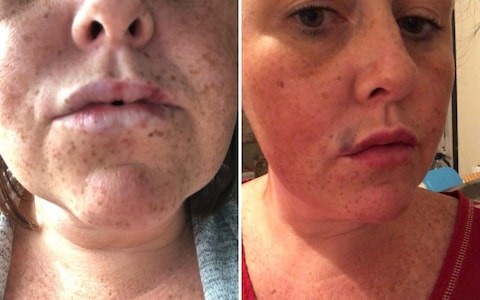
Marcelle King does not blame herself for what happened to her. But other victims of similar practitioners do feel as if they were somehow responsible for their own misfortunes. ‘When I look back, I feel so frustrated, I was so naive,’ says Helen Busby, 38, who works in finance. ‘There were red flags everywhere.’
Busby, from South Wales, had always been conscious of her ‘slightly thinner’ top lip. ‘About three years ago, I started to think seriously about having something done,’ she says. ‘It seemed to me that getting your lips filled had become as commonplace as going to town to get a new pair of jeans.’ A friend of Busby’s had just had her lips plumped: ‘she looked great.’ So, in November 2018, Busby went to the same beauty salon, based in a shopping arcade, across from a hairdressers.
‘I’m normally a really careful person,’ says Busby. ‘I read hotel reviews and check everything out on Trustpilot. But for some reason, I let my guard down when it came to this. The salon looked professional and modern – there were no reasons to be suspicious.’ Busby filled out a brief medical questionnaire and signed a consent form for the £180 one ml treatment. Then, a beautician put some numbing cream on Busby’s lips and performed the ‘uncomfortable’ treatment.
Busby was delighted with the results, but, once the swelling went down, wanted a bit more volume in her lips. Two weeks later she went for a top-up of half a ml costing £100, and noticed afterwards a small bump near her cupid’s bow, which the beautician said was ‘normal.’ By February, Busby wanted another half ml to perfect her top lip, but also wanted the aesthetician to look at the bump, which was bothering her.
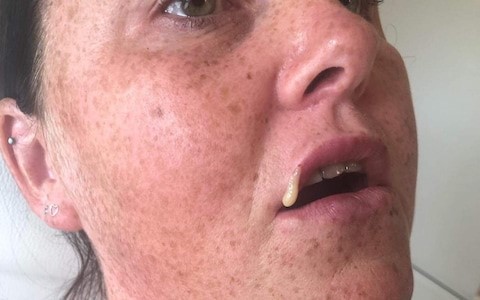
Helen’s lips oozing pus
‘The beautician asked whether I’d been taking multivitamins, or changed my diet in any way,’ says Busby. ‘I wasn’t sure of the relevance of this.’ The practitioner ‘massaged’ the bump, and injected some more filler. ‘This time, it hurt so badly, that I squealed,’ says Busby. ‘She told me I had bruised quite badly, and I needed to put ice on my lip, that it would be okay. But by the time I got home, it looked like there was a smudge of black pen above my lip, inside my mouth was black and blue’.
Busby was mortified. ‘I covered myself with makeup, but at work, people were asking me whether I had a cold sore. It actually looked as though I had been in a fight.’ The swelling went down gradually over two weeks, but a fortnight after that, came back with a vengeance. ‘I contacted the salon,’ says Busby. ‘They told me there wasn’t much they could do.’
A day or so later, Busby’s lip was agony. ‘I touched it gently when I came out of the shower, and it literally exploded, there was pus everywhere,’ she says. ‘I thought that was the end of it, but two weeks after that, it dramatically swelled up again.’ One Sunday morning, Busby was in so much pain that it was agony to even drink water. She went to A&E, where she was told she had an infection, and that the wound needed draining. A nurse prescribed antibiotics and suggested the infection was either down to ‘cheap filler’ or ‘bad needle skills,’ and that a properly qualified aesthetic practitioner would have to fix the problem.
A week later, Busby visited trained nurse and Save Face Accredited practitioner Jo Ferriday, who started a series of painstaking reconstructions, which involved dissolving the old filler (‘agony!’), as well as injecting proper filler to improve the appearance of Busby’s lips. ‘This has been going on now for almost two and a half years, and, by the time I have finished will have cost me £1500,’ she says. ‘But I’m 99 per cent happy with my appearance now, and can’t thank Jo enough.’ Ferriday told Busby that the bruising likely to have been caused by filler being injected into a blood vessel. ‘She told me I was lucky not to have ended up blind,’ she says.
How Helen’s lips have been left, uneven and with a hard pocket of filler in the bottom lip CREDIT: Courtesy of Helen Busby
Helen Busby was ‘rescued’ by a medical professional. In the absence of official regulation though, women looking for tweakments must continue to navigate these dangerous seas themselves. ‘There is still nothing to stop lay people from injecting with no training or insurance,’ says Collins. ‘It remains vitally important that anyone considering these treatments seeks out a regulated healthcare professional such as one listed on the Save Face accredited register.’
A kite mark for treatments?
There is some hope on the horizon, however. While regulation is still desperately needed, qualifications in aesthetic medicine are improving. The QCCP offers Medical Aesthetic Certificates that are regulated by the Society of Public Health. This September, UCL will launch a Masters in Minimally-invasive Aesthetics, supported by the British Association of Aesthetic Plastic surgeons. It is hoped these will one day form a sort of ‘kite mark’ for those looking for safe cosmetic procedures. But these courses are limited to those who already have a medical background, such as nurses and dentists.
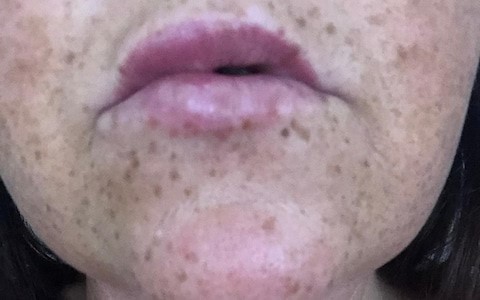
Helen is now left with a slight irregularity in her lip shape
In the meantime, there is a sobering reality to consider for anyone thinking about having a tweakment. As Helen Busby, who so nearly had a life-altering disability from recklessly applied filler puts it, ‘it’s your face you are spending money, not a handbag’. Marcelle King takes it one step further. ‘For the government to take this seriously, it looks as if someone will have to die.’ Let’s hope she is not correct.
SAVE YOUR FACE BUT STILL LOOK GOOD
By Ashton Collins of Save Face
- Use Save Face to find a practitioner who has been assessed and verified to ensure that they are: appropriately trained and insured; using safe products and operating from a safe and hygienic clinic
- Always visit a trained healthcare practitioner such as a doctor, nurse, dentist or a prescribing pharmacist. Non-surgical cosmetic treatments are medical treatments that can cause serious complications and it is important that your practitioner is competent to identify and manage any complication should it arise.
- Note the full name, credentials and contact details of the person treating you. Do not visit a practitioner who only operates on social media.
- Research your chosen practitioner, visit their website to check testimonials and see examples of their work.
- Arrange a consultation and don’t be afraid to ask questions. Discuss your concerns and desired outcomes. Ask what products they use and what aftercare will be available.
- Ask to see the unopened box of product/ medicine to be used and make a note of the brand and the LOT number (take a photo) for future reference, should you later see another clinician.
- Don’t be afraid to walk away If you do not feel comfortable.
